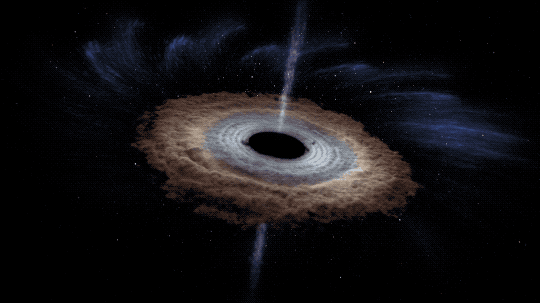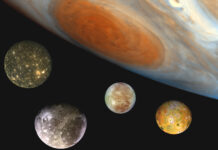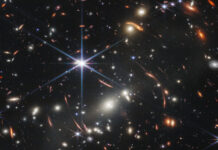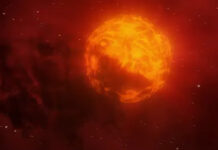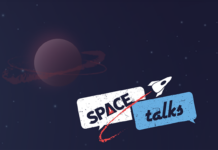I sit on the bench with a coffee in one hand and a cigarette in the other. I am contemplating the black and starry sky and dragging smoke from the cigarette! I think of the light that crosses the Universe all the way from the farthest stars and a strange idea does not give me peace. Like a mosquito, it irritates me with its perpetual buzz. Does the light that comes to us from far away contain quantum information like the one I produce in the laboratory with the help of mirrors, beam splitters, and prisms?
We encode quantum information in photons by manipulating the polarization and orbital angular momentum (OAM) of photons. It’s a tedious work but, after twisting the polarization and creating OAM using beam splitters and prisms, a quantum message is stored in a tiny single photon. [read more about it here]
Surprisingly, dead stars can provide a plausible answer. Remarkably, our laborious work in the lab is easily done by gravity around rotating black holes. Black holes are changing the “face” of the surrounding space-time; they curve it and twist it. While traveling through this distorted space-time, the photons twist the polarization and create OAM. Finally, when leaving the gravity of the black hole, photons have a quantum message stored.
A quantum computer already exists in nature!
I’m dragging another smoke from the cigarette! And still, what an irony!, I think; the gravity is creating the ‘spooky action at a distance’. “What would Einstein say about this?”, I wonder as I sip my last drop of coffee
I finish the cigarette. It’s time to put these thoughts on paper; you can find them in my newly published research in New Astronomy journal. (Creation of single-photon entangled states around rotating black holes. – https://doi.org/10.1016/j.
It remains to decipher the quantum message that the black holes send us. This requires another coffee and cigarette!
Sources:
Racorean, Ovidiu. “Creation of single-photon entangled states around rotating black holes.” New Astronomy 59 (2018): 65-70.
Image Credit: By NASA, ESA, and the Hubble Heritage (STScI/AURA)-ESA/Hubble Collaboration [Public domain], via Wikimedia Commons
